Why Moissanite Is the New Diamond: Exploring Its Beauty, Brilliance, and Budget Advantages

Moissanite is quickly becoming a popular alternative to traditional diamonds, offering a unique combination of beauty, brilliance, and affordability. The key reason it is considered the new diamond is its ability to closely mimic the sparkle and durability of diamonds while costing significantly less. This makes moissanite an attractive option for those seeking elegance without the high price tag.
Beyond cost, moissanite stands out for its remarkable brilliance, often appearing even more fiery than diamonds under light. It also carries ethical and environmental advantages, appealing to consumers who prioritize responsibility in their purchases.
As interest grows, understanding why moissanite has earned its place alongside diamonds helps buyers make informed decisions about their jewelry choices.
Key Takeaways
- Moissanite offers diamond-like brilliance at a fraction of the cost.
- It provides a sustainable and ethical alternative to traditional gemstones.
- Many consumers choose moissanite for its balance of beauty and value.
Understanding Moissanite
Moissanite is a gemstone with distinct origins, chemical structure, and physical properties. It differs significantly from diamonds in composition and appearance. Its creation process also impacts environmental considerations compared to mined gems.
Origin and Composition
Moissanite was first discovered in 1893 by Nobel Prize winner Henri Moissan in a meteor crater in Arizona. Naturally occurring moissanite is extremely rare, making commercial supply reliant on lab-grown crystals.
Chemically, moissanite is silicon carbide (SiC). This compound gives it high hardness, second only to diamonds. Unlike diamonds, which are pure carbon, moissanite's crystal lattice contains silicon and carbon atoms, influencing its optical properties.
How Moissanite Differs From Diamonds
Moissanite and diamonds have close hardness—moissanite scores 9.25 on the Mohs scale, while diamonds rate 10.
Moissanite displays higher brilliance due to its refractive index (2.65-2.69) compared to diamonds (2.42). This means moissanite sparkles with more fire but with a slightly different light pattern.
Color-wise, moissanite can show a faint yellow or green tint under certain lighting, while diamonds range from colorless to various shades.
Moissanite is less dense, making it lighter for the same size compared to diamond.
Sustainability of Lab-Created Gems
Most moissanite available today is lab-created, reducing mining-related environmental damage.
Lab production uses less water and energy than diamond mining and avoids ecosystem disruption.
Creating moissanite in controlled conditions also ensures ethical sourcing with no associated conflict concerns.
This manufacturing approach contributes to its growing appeal among environmentally conscious consumers.
Unmatched Brilliance and Beauty
Moissanite stands out for its exceptional brilliance, lively fire, and lasting durability. It offers impressive color quality and clarity, making it a striking option for fine jewelry. The following details explain how it compares to diamonds in key visual and physical qualities.
Fire and Sparkle Comparison
Moissanite exhibits a higher refractive index (2.65–2.69) than diamond (2.42), which means it bends light more intensely. This results in noticeably stronger sparkle and flashes of colored light, often described as "fire." It disperses light at 0.104, compared to diamond’s 0.044, creating vivid rainbow-like flashes.
The increased sparkle can appear more dramatic under direct light, which some prefer for its eye-catching effect. However, the brilliance itself—white light reflection—is slightly softer than diamond’s but still very bright. Moissanite’s sparkle holds well in various lighting conditions, from natural daylight to indoor lighting.
Color and Clarity Characteristics
Most moissanite stones are near-colorless to colorless, typically graded between G and I on the diamond color scale. Compared to diamonds, they often show less yellow tint at larger sizes due to consistent synthetic production methods.
Moissanite is manufactured to high clarity standards, generally free from visible inclusions to the naked eye. Its clarity typically surpasses many natural diamonds, which can have natural flaws. This uniform clarity and color make moissanite reliable for those seeking consistently beautiful gemstones.
Durability and Everyday Wear
On the Mohs scale, moissanite scores 9.25, while diamond scores 10, making diamond harder but moissanite still highly durable for daily wear. It resists scratching and chipping well, suitable for rings, bracelets, and other frequently worn jewelry.
Moissanite’s toughness and resistance to abrasions support its use in active lifestyles. While not as hard as diamond, it maintains luster and structural integrity over time. Its durability combined with beauty positions it as a practical alternative for everyday use.
Affordable Luxury: Cost Advantages
Moissanite offers significant savings compared to diamonds, making it a practical choice for buyers seeking luxury without high costs. Its value characteristics and resale potential also differ notably from traditional diamonds.
Price Comparison With Diamonds
Moissanite typically costs between 10% to 20% of the price of a comparable diamond. For example, a 1-carat moissanite can range from $400 to $600, whereas a 1-carat diamond often starts around $4,000 depending on cut, color, and clarity.
This price difference allows buyers to choose larger or higher-quality stones at a lower price point. Moissanite’s affordability does not compromise its visual appeal, offering a near-identical sparkle and clarity to diamonds for much less.
Value Retention and Investment
Moissanite generally does not hold or appreciate in value like diamonds. Diamonds have a long-established resale market and recognized value retention. Moissanite, being lab-created and widely available, tends to depreciate after purchase.
Buyers should consider moissanite a luxury purchase rather than an investment. While a diamond's resale price might recover a portion of the initial cost, moissanite's resale value often falls significantly below the original purchase price.
Ethical and Environmental Impact
Moissanite offers distinct advantages in ethics and environmental concerns compared to traditional diamonds. The production and sourcing address key issues around conflict materials and ecological disruption.
Conflict-Free Sourcing
Moissanite is lab-created, ensuring its origin is free from conflicts linked to mining. Unlike some diamonds, moissanite is not associated with financing armed conflicts or exploiting vulnerable communities.
This controlled sourcing guarantees transparency and accountability in the supply chain. Consumers can be confident that moissanite comes without the ethical complications often connected with natural diamonds.
Eco-Friendly Production Processes
The manufacturing of moissanite requires significantly less land and water compared to diamond mining. Lab creation uses advanced technology that minimizes waste and energy consumption.
Companies producing moissanite often implement recycling of materials and limit harmful emissions during production. This results in a smaller environmental footprint, preserving natural habitats and reducing carbon output.
Choosing the Right Gemstone for You
Selecting a gemstone involves balancing personal style preferences with practical considerations like maintenance. The choice affects how the stone complements daily wear and fits one’s aesthetic vision.
Style and Customization Options
Moissanite offers a wide range of cuts and settings that emulate the appearance of diamonds while allowing for unique designs. It is available in classic shapes such as round, princess, and cushion, but also in more unconventional cuts tailored to individual taste.
Custom settings for moissanite often cost less than those for diamonds, providing more flexibility to invest in intricate designs or rare metals. Its brilliance and fire make it suitable for both statement pieces and subtle elegance, adapting easily to diverse styles.
Long-Term Care and Maintenance
Moissanite ranks 9.25 on the Mohs hardness scale, making it durable and resistant to scratches during everyday activities. It does not require professional cleaning as frequently as diamonds but benefits from regular gentle cleaning at home to maintain its sparkle.
Simple care includes warm soapy water and a soft brush, avoiding harsh chemicals or ultrasonic cleaners which might affect its luster. Its strong structure means it withstands daily wear well, appealing to those seeking a low-maintenance yet beautiful gemstone.
No comments








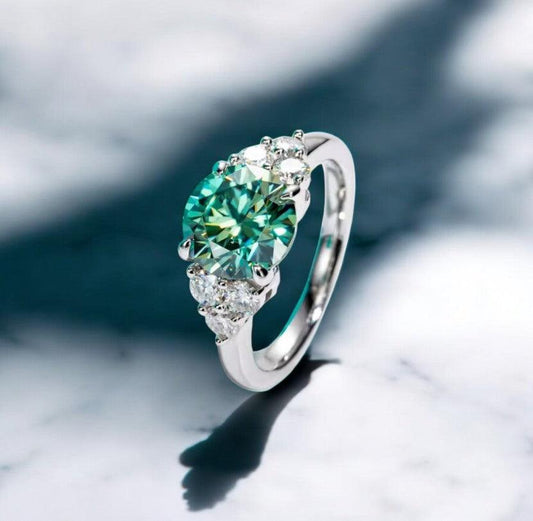




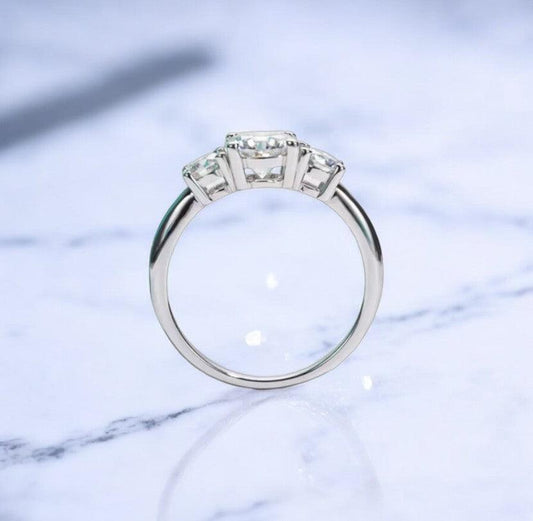
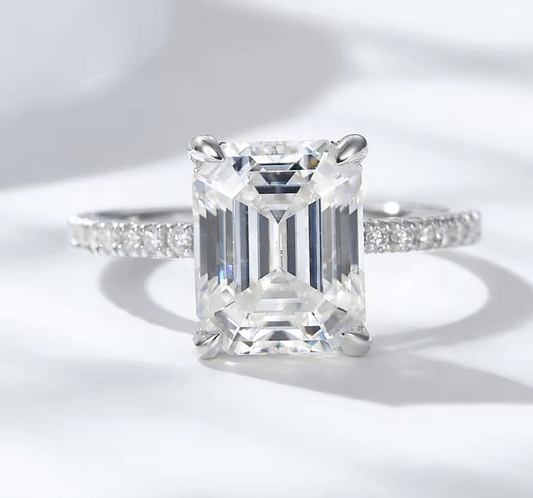
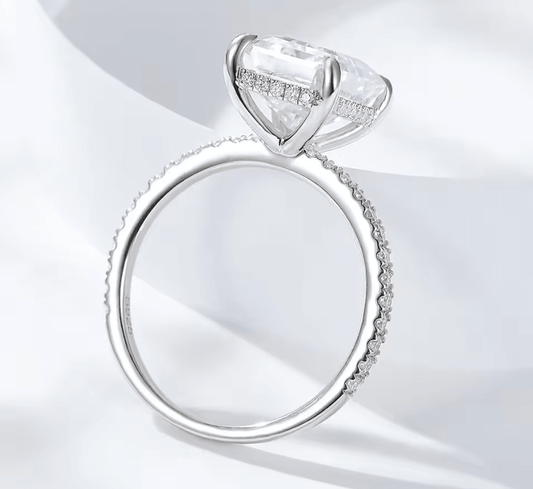
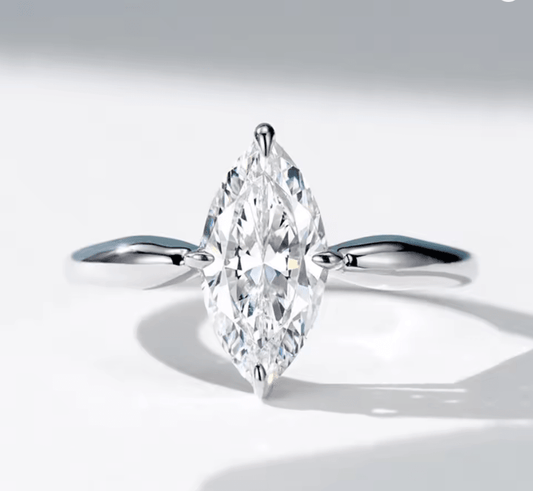
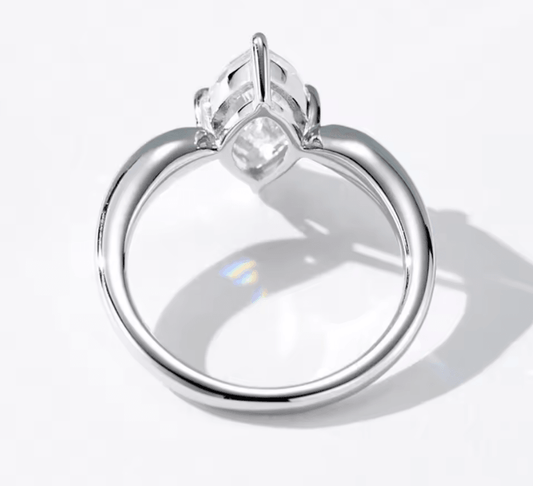


0 comments